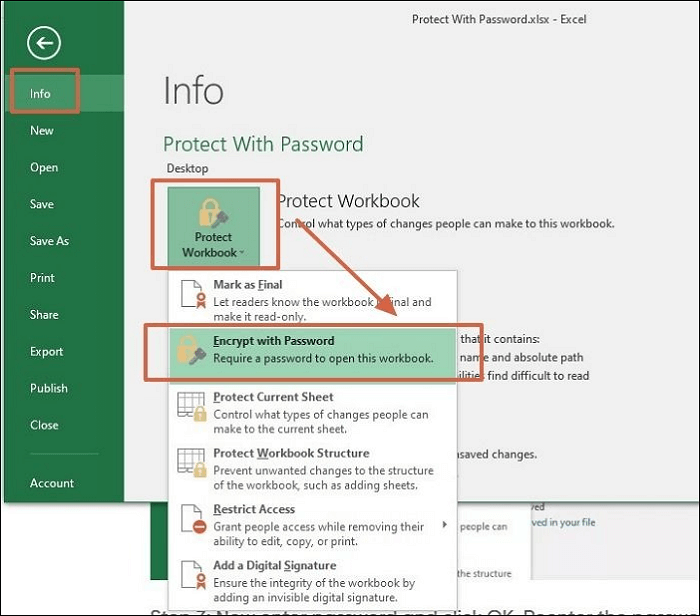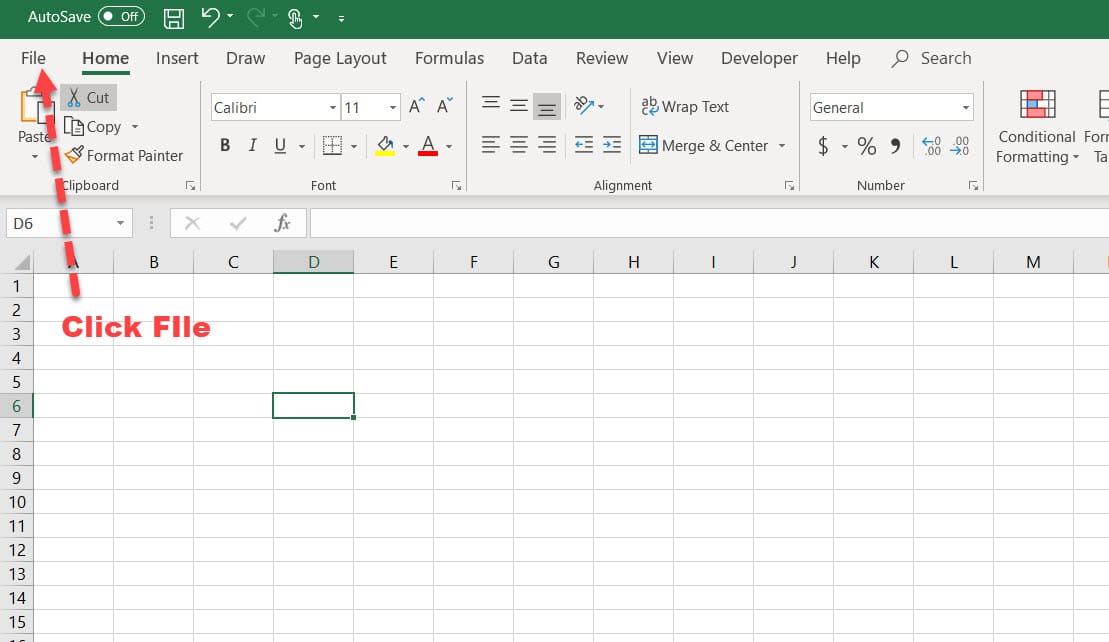Secure Your Excel Sheets: Password Protection Guide

Microsoft Excel remains one of the most popular tools for data analysis, reporting, and calculations, making it integral for personal and business use. With the rise in digital data, safeguarding your sensitive information has become more crucial than ever. This guide provides a comprehensive walk-through on how to secure your Excel sheets with password protection, ensuring your data remains confidential and secure from unauthorized access.
Why Password Protect Your Excel Files?

Before delving into the steps for password protection, let’s briefly consider why you might need this feature:
- Data Privacy: To protect sensitive personal, financial, or corporate information from prying eyes.
- Prevent Unauthorized Changes: To keep your data from being tampered with or modified without your consent.
- Compliance: To meet legal and regulatory requirements that mandate data protection.
- Error Reduction: Minimize errors that can occur from users entering incorrect data in shared files.
Setting Up Password Protection in Excel


Here is a step-by-step guide on how to enable password protection in Microsoft Excel:
- Open Excel: Launch your Microsoft Excel application.
- Access Workbook Options: Navigate to
File>Info(orPreparein older versions) >Protect Workbook. - Encrypt with Password:
- Select
Encrypt with Password…from the drop-down list. - Enter a password in the dialog box that appears.
- Confirm your password by retyping it.
- Select
- Save the Workbook: Save your file. Now, your workbook will require the password to open.
💡 Note: Use a strong password combining letters, numbers, and symbols for better security.
Password Protecting Individual Sheets


If you don’t want to protect the entire workbook, you can secure individual sheets:
- Select Sheet: Click on the sheet tab you wish to protect.
- Protect Sheet:
- Go to
Reviewtab >Changes>Protect Sheet…. - Enter a password in the
Password to unprotect sheetfield. - Set permissions for which actions users can perform on the sheet.
- Click
OKand re-enter the password for confirmation.
- Go to
- Save Workbook: Your Excel file should be saved to apply the changes.
Managing Access and Permissions

Beyond simply locking down the file or sheet, Excel provides options for granular control:
- Allow Editing: Users can be allowed to make changes to specific ranges or cells.
- View Only: Users can read the data without the ability to modify it.
- Full Access: Users can open and edit the file with the correct password.
| Level of Access | Features |
|---|---|
| Read-Only | Users can view content but cannot edit or save changes |
| Write | Users can make changes, subject to permissions set |
| Administrative | Full control over the workbook, can change or remove protection |

📝 Note: Changing or removing permissions requires the original password.
Additional Security Measures

Consider the following enhancements to bolster your Excel data protection:
- Disable Macros: Excel’s macro capability can pose a security risk if you’re sharing your files online. Consider disabling macros for added security.
- Watermarks: Adding watermarks to indicate the document’s confidential nature can act as a deterrent.
- File Encryption: Beyond Excel’s internal protection, encrypting the entire file with software like BitLocker for added security.
Final Thoughts

Password protection in Excel adds an essential layer of security for those managing sensitive data. Whether it’s protecting a personal financial spreadsheet, a corporate balance sheet, or ensuring the integrity of shared data, Excel’s security features are both comprehensive and user-friendly. Remember to backup your work and store your passwords safely to prevent lockouts. The power of Excel combined with strong security practices ensures your data’s confidentiality while allowing you to utilize Excel’s full range of functionalities.
Can I protect specific cells instead of the entire sheet?

+
Yes, you can protect specific cells by locking them before applying sheet protection. Right-click the cell or range, choose Format Cells, go to the Protection tab, and uncheck Locked for cells you want to remain editable.
What if I forget my password?

+
Microsoft does not provide any means to recover or reset passwords on Excel files for security reasons. Always keep your passwords safe, or consider using third-party tools to unlock the file, though this might not always work and could void your file’s warranty.
Is Excel’s password protection hack-proof?

+
While Excel’s encryption and password protection are robust, determined hackers could potentially brute-force their way into the file. Using strong, unique passwords and additional security measures like file encryption can significantly increase security.
Does password protection impact Excel’s functionality?

+
Excel’s performance is not significantly impacted by basic password protection. However, extremely long or complex macros or excessive sharing permissions could affect how quickly Excel operates, particularly on older systems.
Can I share a password-protected Excel file?

+
Yes, you can share a password-protected Excel file, but you will need to share the password with the intended recipient. Ensure secure transmission of the password, perhaps through a separate channel, to maintain the protection’s effectiveness.